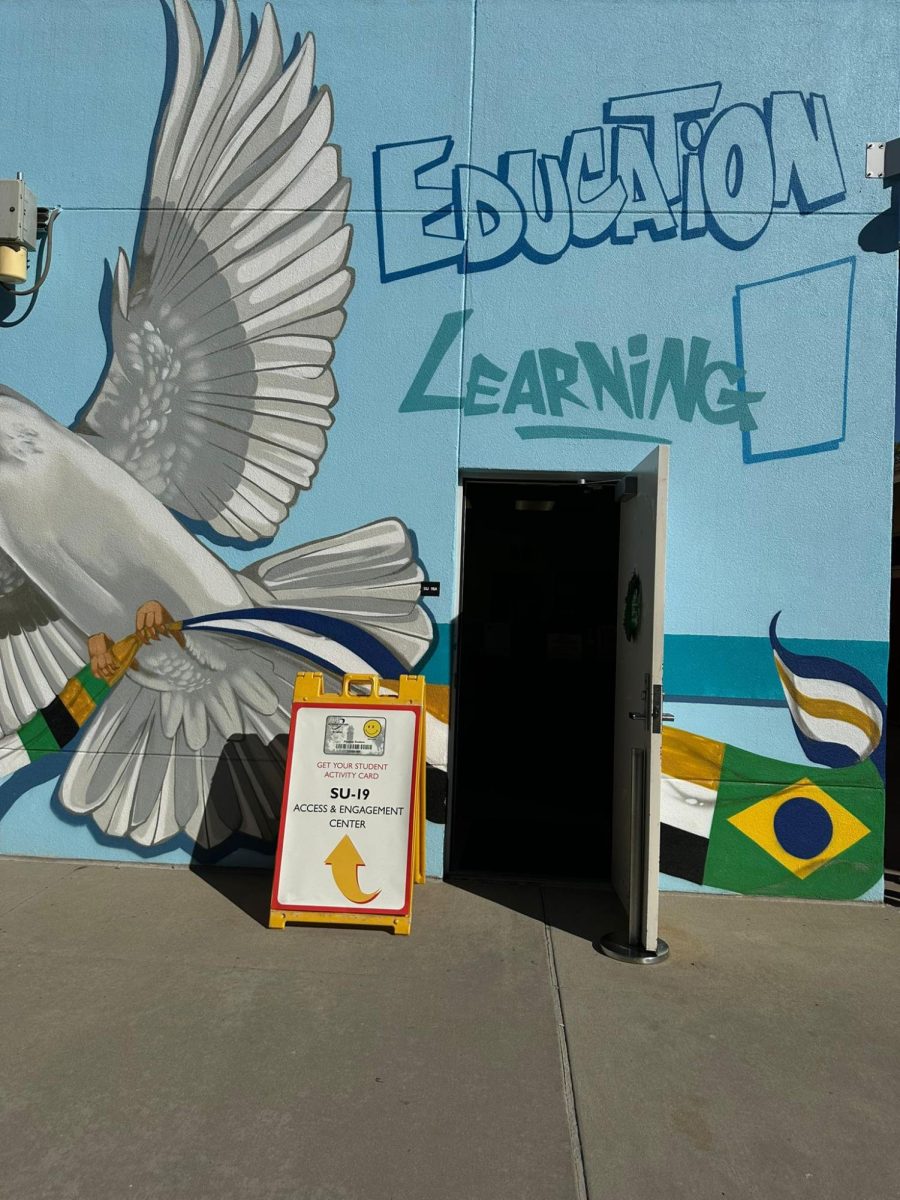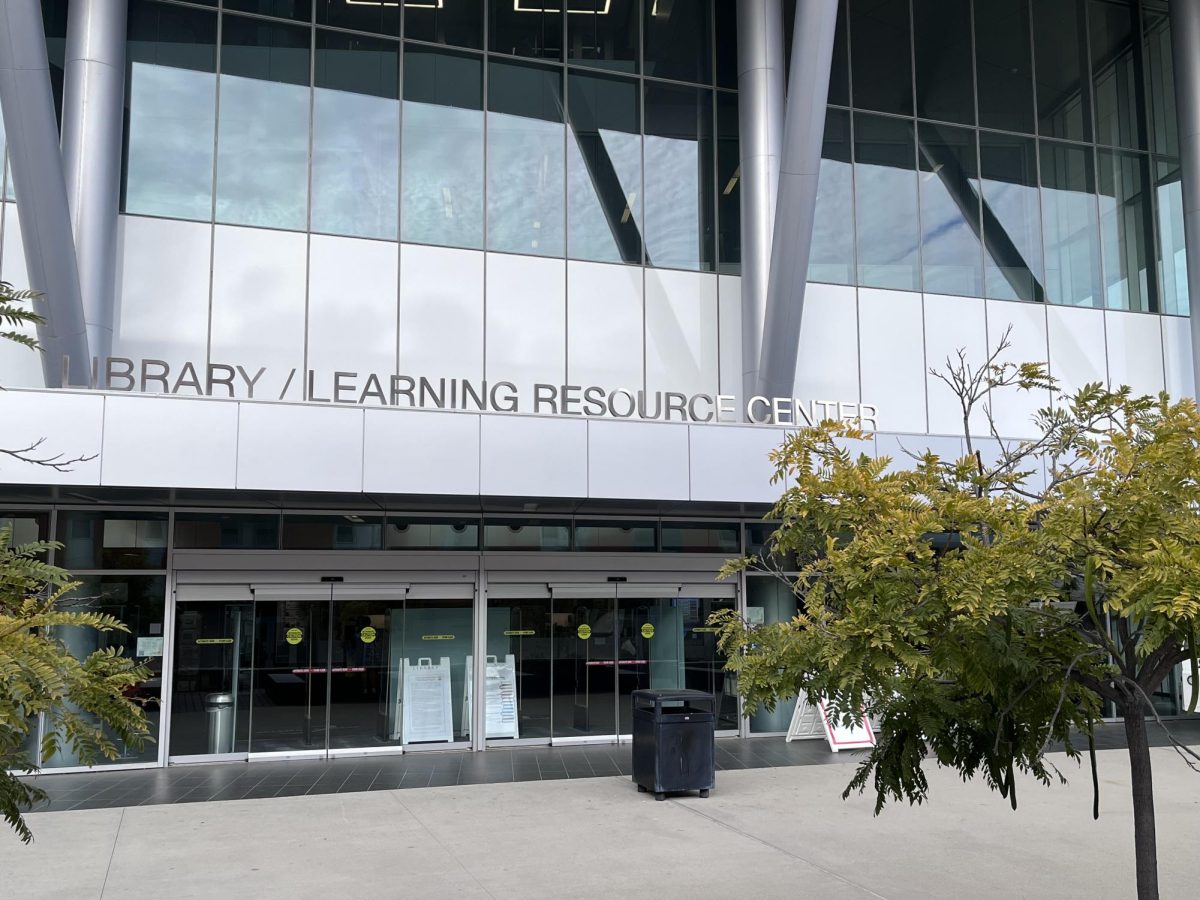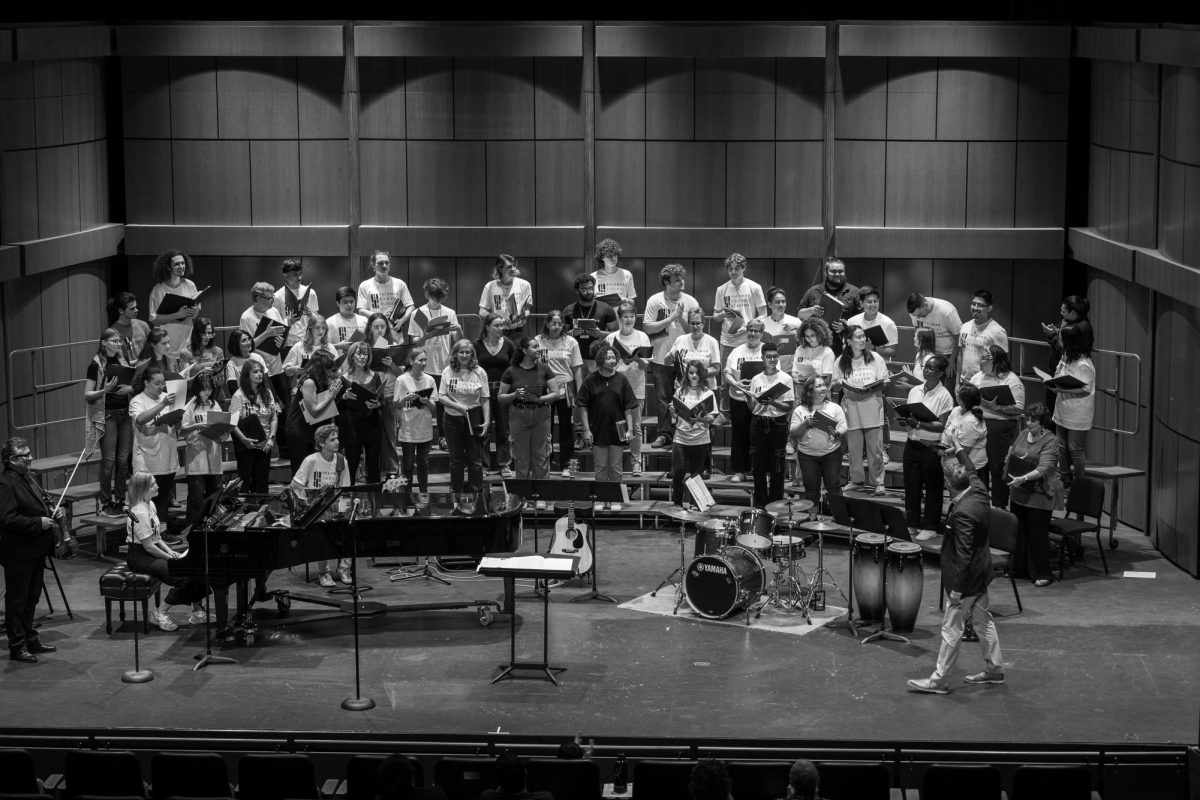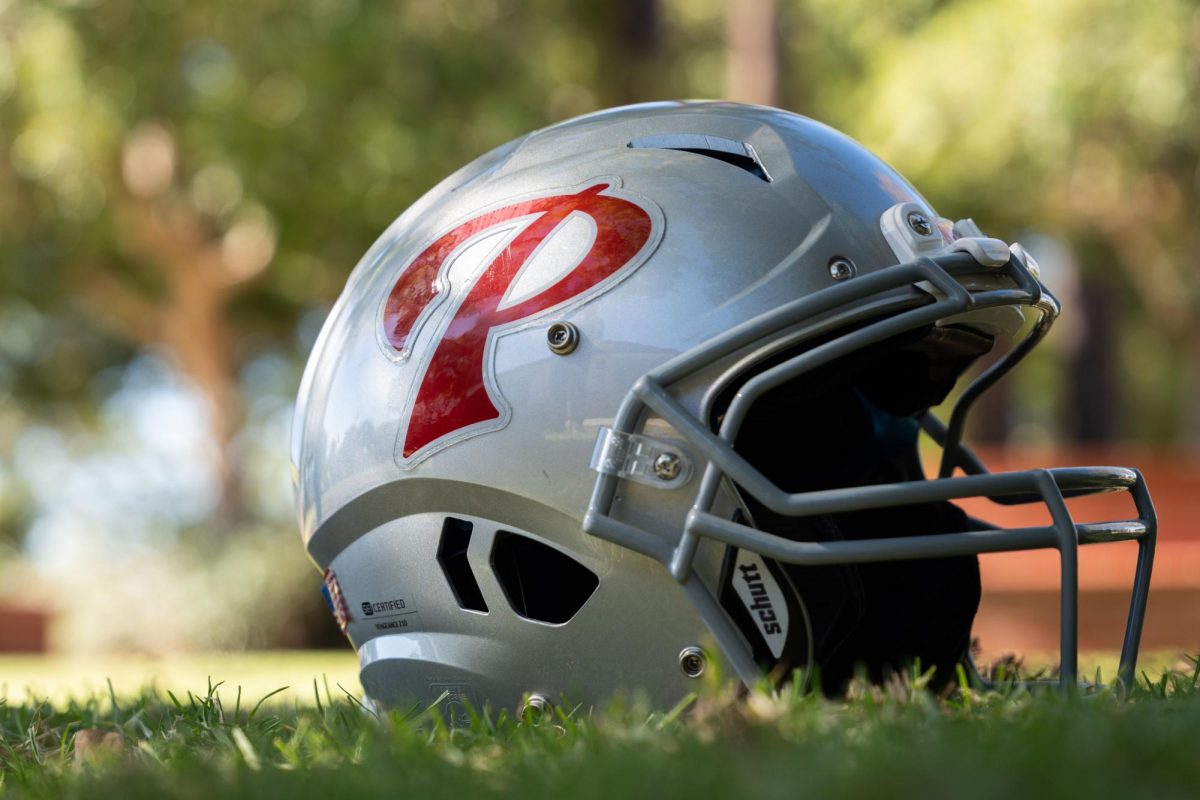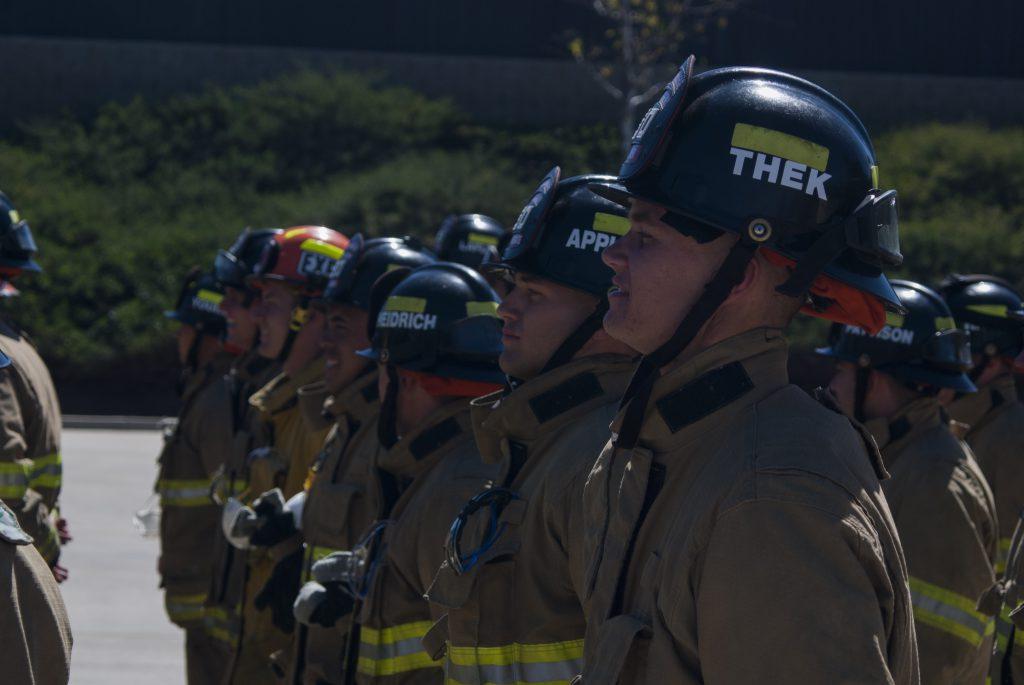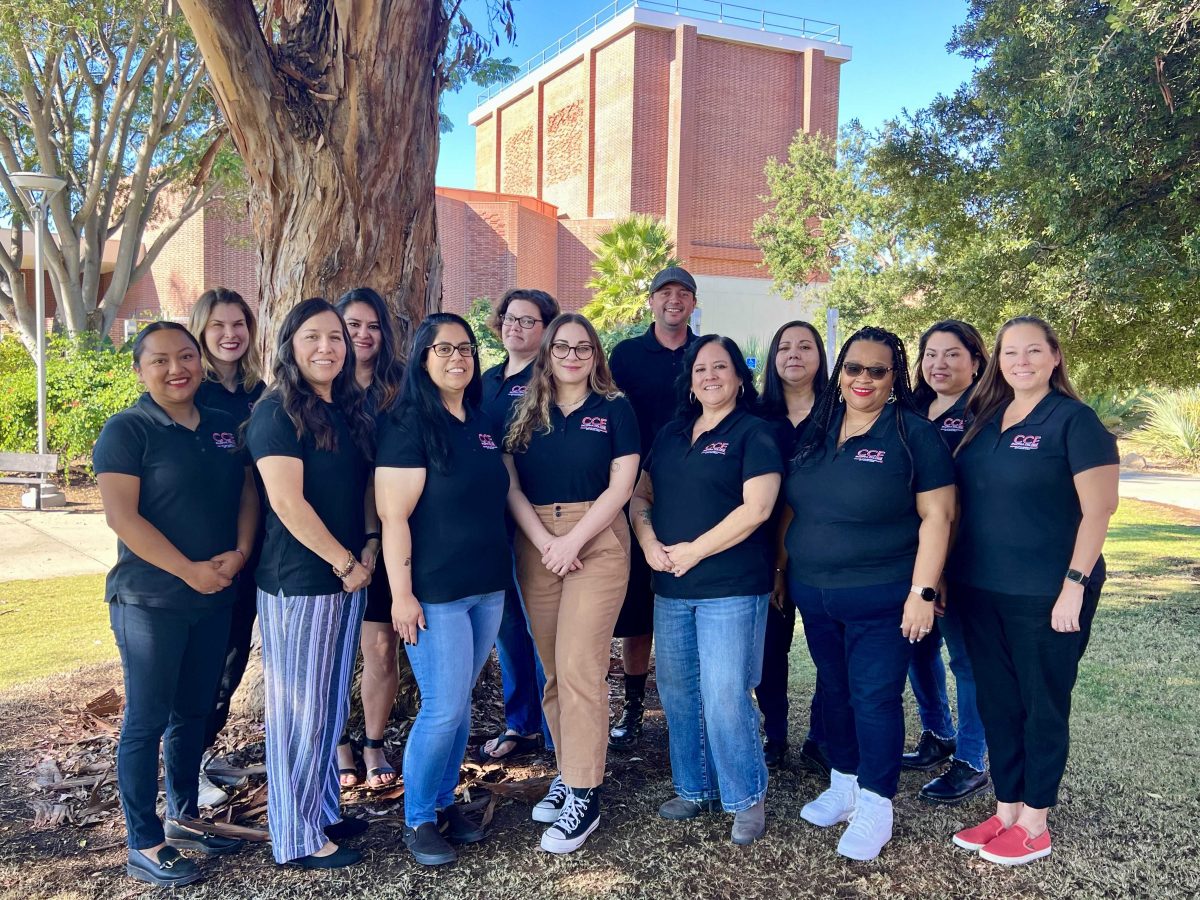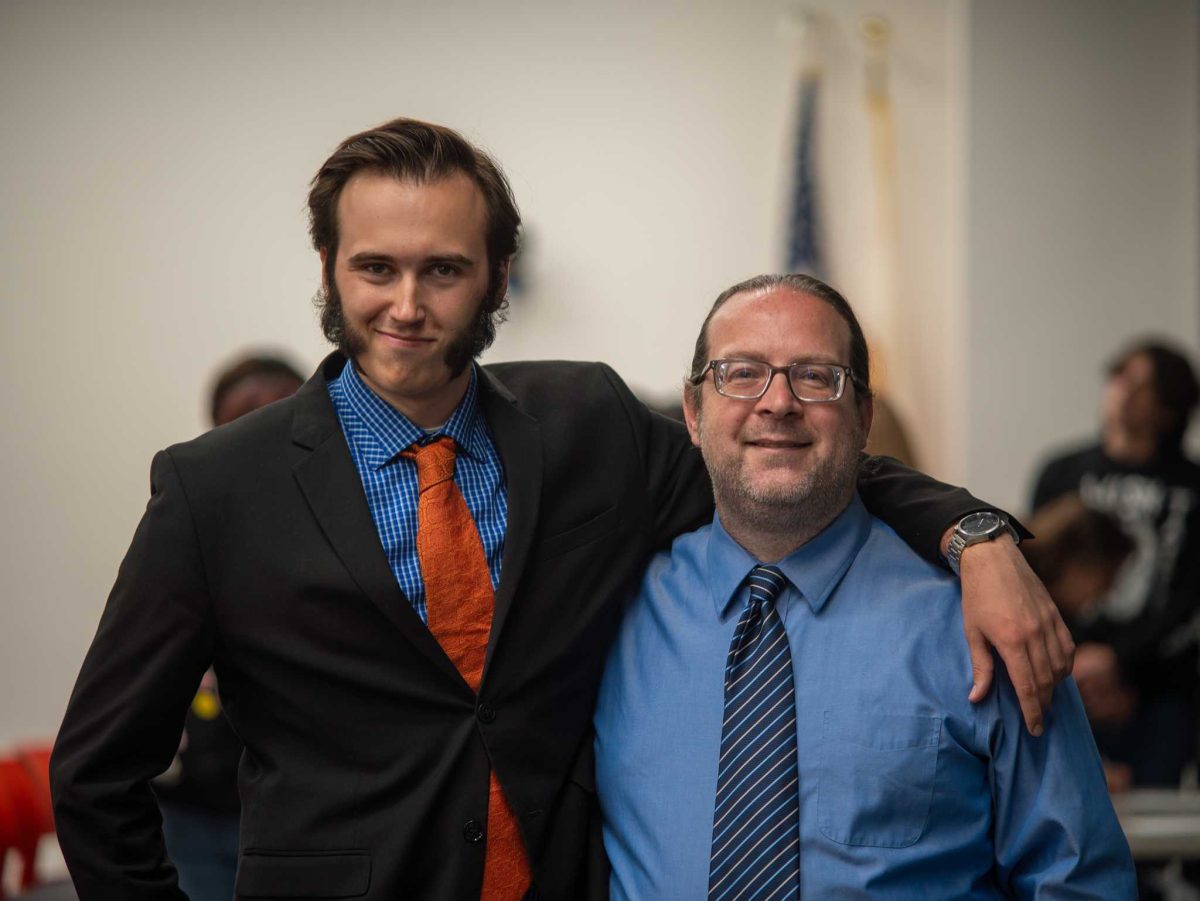Hopeful firefighters will receive a new home at Palomar’s Escondido campus in the 800 building this coming Spring 2017.
Approved at the end of September, the Fire Technology Department will now be housed at the Escondido campus, while the Fire Academy will remain at its current location. Palomar’s Escondido campus will now include: Fire Technology, Emergency Medical Education (EME), and Paramedic programs under one roof next year to make classes more easily accessible to students and expand the Escondido location.
Palomar’s Fire Technology Department offers more than just an education for a career as a firefighter, they provide a lifetime of reward in the public service field without the requirement of a bachelor’s degree, students said.
Shane Rees, a current student applying for the Fire Academy the coming spring, said, “the fire classes (at Palomar) have given me a broader view of the fire service in general. I feel that this program has prepared me for the fire academy and I enjoy it overall.”
The only requirements to become a firefighter are through completion of the Fire Academy and becoming an Emergency Medical Technician. Currently, the Fire Technology Department offers two associates of science degree options: General and Fire Technology and Emergency Management. There are also certificates to prepare students for both the Fire Academy and Paramedic School.
The Fire Technology Department offers two routes for completion; day or night, or a combination of both, to fit around a student’s schedule. In addition, the department has setup the program where students can receive both degrees by completing an additional semester of school.
Palomar College’s Fire Department consists of 14 total professors; two full-time staff and 12 adjuncts who are either current or retired firefighters. Professors Wayne Hooper and Ed Sprague serve as the departments two full-time faculty members. Hooper is a retired Captain Paramedic for Carlsbad Fire Department while Sprague held Deputy Chief for the same location.
Enrollment for the program is steady, totaling around 700 for Fall 2016. Typical classes are between 35-40 students and classes are often full. Hooper advised, “If the class is full, crash it. We don’t normally turn anyone away and are always willing to make accommodations.”
The Fire Technology Department is dominated by males, around 98 percent, and by previous or current military members; however, they are looking to increase female enrollment and detour intimidation of students.
“As long as a person can do the job, we want you,” Hooper said.
The total cost of the program consists of the standard tuition and book fees, whereas the Fire Academy costs an upwards of $2,000. Although scholarships are not offered, many students use financial aid or military programs to cover expenses.
Although the Fire Academy is not a requirement of either Fire Technology Degree options, it is a semester-long class from about 6 a.m. to 6 p.m. The academy accepts 40 students per semester (between 80-140 applicants) and is based on a point system. So, the more classes and degrees one has, the better of a chance they have to get in. The academy is designed for applicants with experience (current EMT) and is taught similar to a boot-camp.
He further noted that the comradery among firefighters is huge, and is a tight-knit organization that serves the public at large. Hooper added, “Don’t get into firefighting for the money. If interested, take the intro to fire class to determine if this is the right choice for you. We make it easily accessible and offer it online also.”
For further information, the Fire Technology Department can be viewed at palomar.edu/fire/ or at (760) 744-1150 ext.1704.


